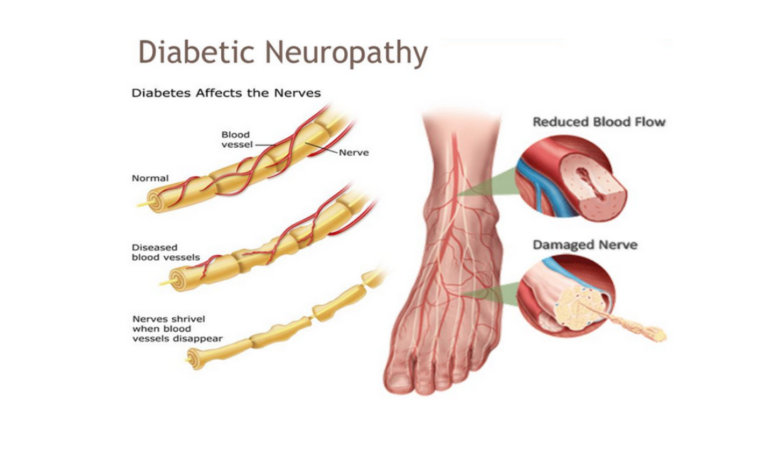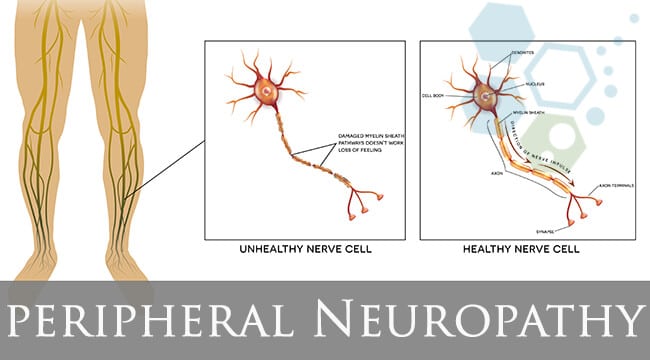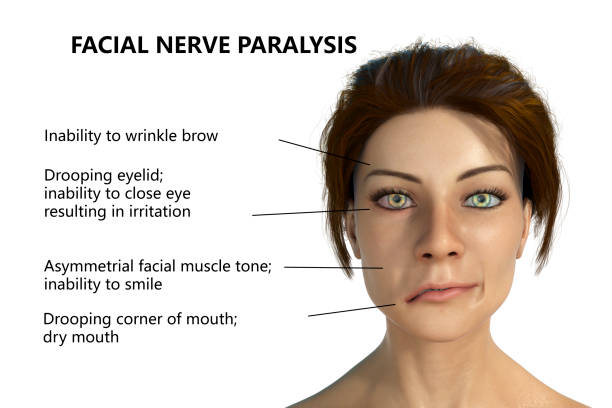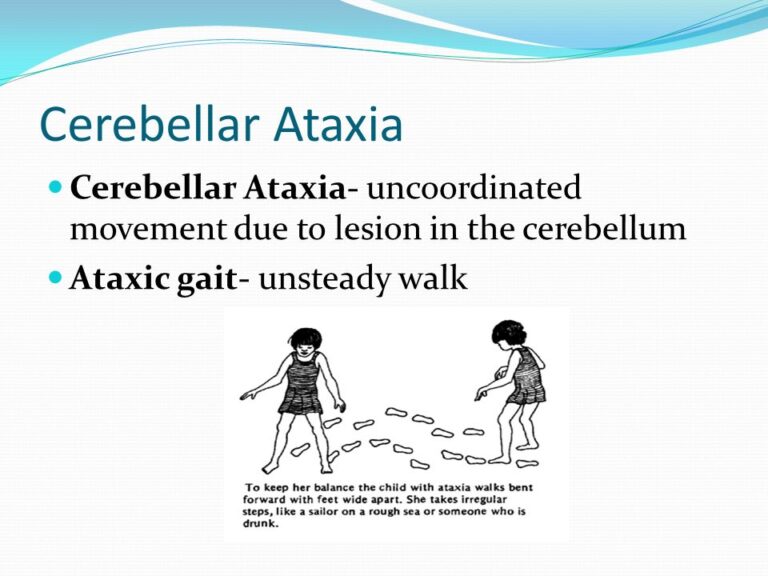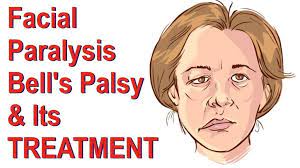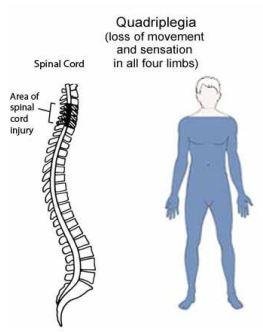Dystonic Cerebral Palsy and Physiotherapy Treatment:
Introduction:- Dystonic cerebral palsy, also termed to as dystonia, causes involuntary muscle contractions which results in to involuntary movements that affect either one part of the body or the whole body. Dystonic CP is a kind of dyskinetic cerebral palsy. There is no permanent cure for it, but several treatment options are available, including sensory…


